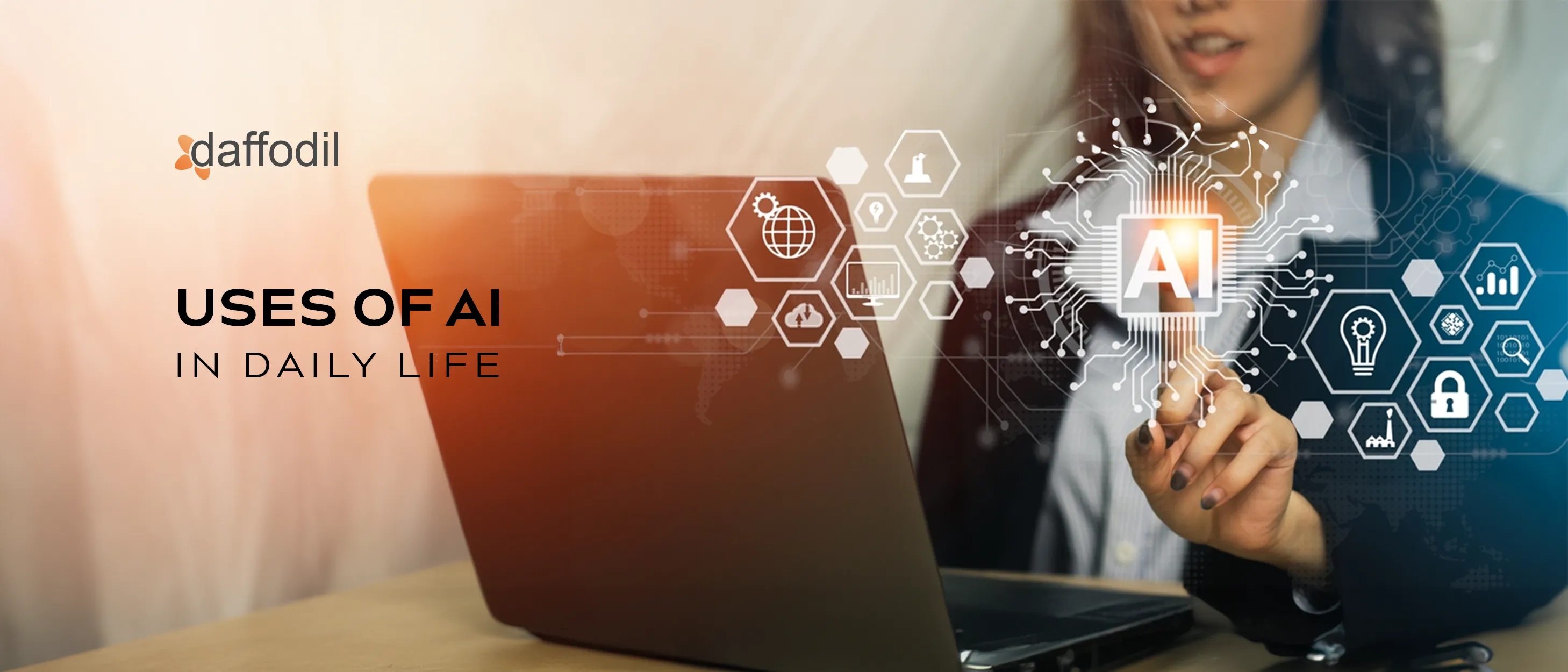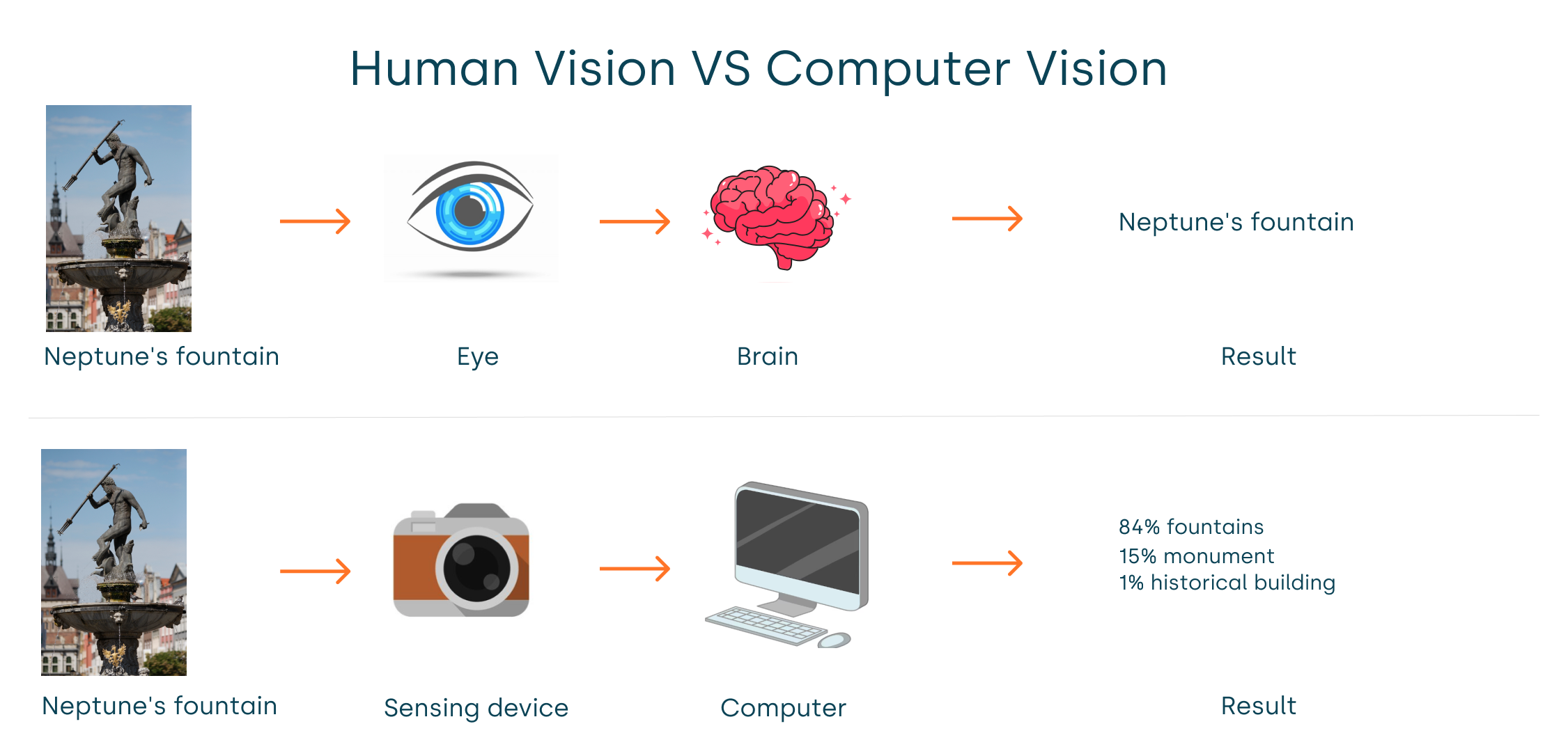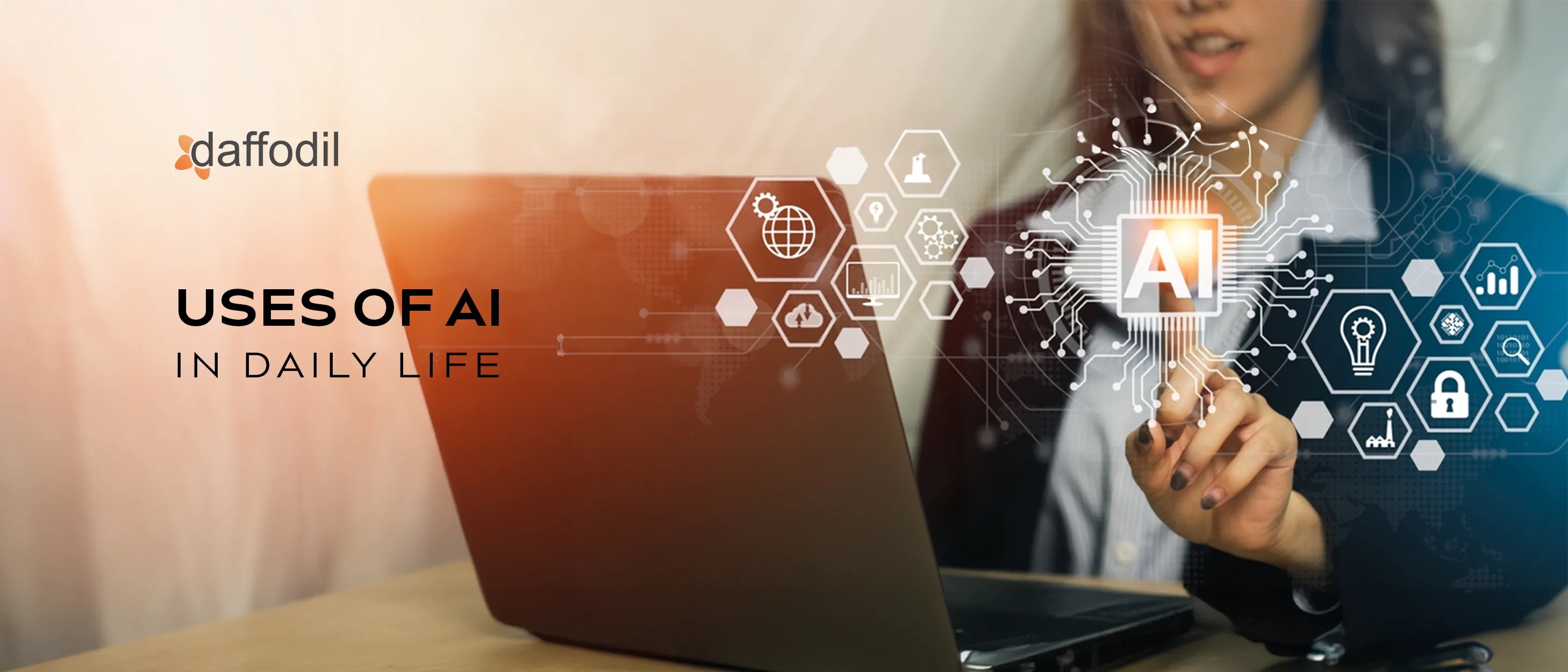OCR technology stands for Optical Character Recognition. It converts different types of documents into editable and searchable data.
Imagine you could instantly turn printed text into digital text. OCR technology does this and much more. It reads text from images, scanned documents, and even handwriting. This tech is now part of our daily routines without us noticing it.
From mobile apps to office tools, OCR simplifies many tasks. It makes information easier to access and manage. Whether you need to digitize old books or automate data entry, OCR is a useful tool. Let’s explore how this technology impacts our everyday lives.

Credit: insights.daffodilsw.com
Introduction To Ocr Technology
OCR technology converts printed text into digital format. It helps scan documents, recognize handwriting, and digitize books for easy access. Everyday uses include reading receipts, business cards, and translating text from photos.
## Introduction to OCR Technology Have you ever wondered how your smartphone can read and convert handwritten notes into digital text? Or how you can quickly search through scanned documents on your computer? This magic happens thanks to Optical Character Recognition (OCR) technology. OCR is becoming a part of our daily lives, making tasks more convenient and efficient. ### What is OCR? OCR stands for Optical Character Recognition. It is a technology that can recognize text within images, such as scanned documents and photos. It works by analyzing the shapes of characters and then converting them into machine-encoded text. Imagine taking a picture of a handwritten recipe. OCR technology can transform that image into editable text, allowing you to store, search, and modify the recipe easily. ### Brief History of OCR OCR technology has come a long way. In the early 1920s, a man named Emanuel Goldberg developed a machine that could read characters and convert them into telegraph code. This was one of the earliest examples of OCR. Fast forward to the 1970s, OCR technology became more advanced and started being used by businesses to digitize paperwork. Today, it’s as simple as snapping a photo with your phone. OCR technology has evolved to become more accurate and user-friendly. Now, you can use it in various applications, from banking apps to translating signs in foreign languages. Isn’t it amazing how a technology from the early 20th century has transformed into an indispensable tool in our daily lives?Streamlining Document Management
Managing documents can be a hassle, but OCR (Optical Character Recognition) technology can streamline the process. It’s especially useful for turning physical papers into digital files, making your life easier. Let’s dive into how OCR can help you with digital archiving and easy retrieval.
Digital Archiving
Imagine you have a stack of old receipts, invoices, and contracts. Instead of letting them gather dust, you can scan them using OCR technology. This process converts text in images into editable and searchable data.
Think about how convenient it is to have all your documents in a digital format. You can store them on your computer or in the cloud. No more hunting through piles of paper.
OCR ensures that your archived documents are organized and accessible. You can categorize them by date, type, or any other system that works for you. It’s a huge time saver.
Easy Retrieval
Have you ever needed a document but couldn’t find it? With OCR, that’s a problem of the past. You can quickly search for any document by typing a few keywords.
This technology reads and indexes the text in your documents. So, if you need last month’s electricity bill, a quick search will bring it up. It’s that simple.
Your time is valuable, and OCR helps you make the most of it. Instead of spending hours looking for a piece of paper, you can find it in seconds. How much time could you save?
OCR technology can transform the way you manage documents. By digitizing and making them easily retrievable, it simplifies your life. Give it a try and see the difference it makes.
Enhancing Accessibility
OCR technology helps make text from images readable. It turns printed documents into digital text. This makes everyday tasks easier for everyone.
Enhancing Accessibility OCR technology, or Optical Character Recognition, has made significant strides in enhancing accessibility for many individuals, particularly those with visual impairments. This technology can convert different types of documents, such as scanned paper documents, PDFs, or images captured by a digital camera, into editable and searchable data. Let’s dive into some practical uses of OCR technology that truly make a difference in daily life.Text-to-speech Conversion
OCR technology plays a crucial role in converting text into speech. Imagine you have a printed book that you want to listen to while doing chores. With OCR, you can scan the pages, and the software will convert the text into an audio file. This is particularly beneficial for those who have difficulty reading printed text. It turns any printed material into something they can listen to, making information more accessible. Moreover, apps like Voice Dream Reader and NaturalReader utilize OCR to offer seamless text-to-speech conversion. You can use these apps to listen to your favorite articles, books, or even handwritten notes.Assistive Tools For The Visually Impaired
OCR technology is a game-changer for the visually impaired. Tools like Kurzweil 1000 and KNFB Reader use OCR to help users read printed text. These tools scan the text and read it aloud, allowing those with visual impairments to access printed information easily. Take a scenario where you receive a printed letter in the mail. Using OCR-enabled assistive tools, you can scan the letter and have it read to you. This helps you stay informed without needing someone else to read it for you. Braille displays also leverage OCR technology. By converting scanned text into Braille, OCR ensures that visually impaired individuals can read digital text in a tactile format. Have you ever considered how empowering it is to independently access written information? OCR technology provides that autonomy, making daily tasks more manageable and life more inclusive. By integrating OCR into everyday tools, we can significantly enhance accessibility for everyone. Have you tried using OCR technology in your daily life yet?
Credit: www.qtravel.ai
Boosting Productivity
OCR technology, short for Optical Character Recognition, has many uses. It helps in converting different types of documents into editable and searchable data. This technology can greatly boost productivity in daily life. Let’s see how it works.
Automating Data Entry
Manual data entry takes time and effort. OCR can automate this process. It scans documents and converts text into digital format. This reduces errors and saves time. Users can focus on more important tasks instead of typing out data.
Organizing Information
OCR technology helps in organizing information. It can categorize scanned documents. Users can search and find information quickly. This is useful for students, professionals, and anyone with large amounts of data. Keeping information organized saves time and reduces stress.
Improving Financial Management
OCR technology has transformed financial management by automating many tasks. It saves time, reduces errors, and enhances accuracy. This is especially helpful for managing receipts and invoices. Businesses and individuals can now keep track of their finances easily.
Receipt Scanning
OCR technology makes receipt scanning simple. You can quickly digitize paper receipts. This helps in tracking expenses. No more piles of paper to sort through. Just scan and save digitally. It ensures you never lose a receipt again.
Invoice Processing
Handling invoices manually can be tedious. OCR technology automates this process. It extracts data from invoices accurately. This ensures timely payments and better financial records. Businesses can manage cash flow more effectively.
Simplifying Travel
OCR technology makes traveling easier and more efficient. It turns printed text into digital text. This helps in many ways, especially for travelers. From checking passports to translating signs, OCR is useful.
Passport Verification
At the airport, OCR scans your passport quickly. It reads the details and verifies them. This speeds up the check-in process. No more long lines. It also reduces errors. Human errors can cause delays. OCR ensures accuracy. Travel becomes smoother and less stressful.
Translating Foreign Text
Traveling to a new country means dealing with a new language. OCR can help here too. Use your phone to scan signs, menus, or maps. OCR reads the text and translates it. Now you can understand and navigate easily. This is very helpful in non-English speaking countries. It breaks down language barriers and makes travel enjoyable.
Educational Benefits
OCR technology has become an integral part of education. It offers many benefits that enhance learning and teaching experiences. From digitizing textbooks to facilitating research, OCR proves to be a valuable tool in educational settings.
Digitizing Textbooks
OCR technology helps in digitizing textbooks. Scanned copies of textbooks can be converted into editable text. This makes it easier for students to access and read their materials on various devices. Digital textbooks are also easier to search. Students can quickly find specific information without flipping through pages.
Facilitating Research
OCR technology greatly aids in research activities. Researchers can scan printed articles and books, converting them into digital text. This allows for easy organization and retrieval of information. OCR also helps in extracting key points from large volumes of text. This saves time and improves efficiency. Students and researchers can focus on analysis rather than manual data entry.

Credit: insights.daffodilsw.com
Future Of Ocr
OCR technology simplifies daily tasks like scanning documents, converting text from images, and digitizing handwritten notes. It enhances productivity by making information easily searchable and editable.
OCR (Optical Character Recognition) technology is transforming the way we interact with text and data. Its future holds immense potential as advancements continue to evolve. Let’s dive into what’s on the horizon for OCR technology and how it will shape our daily lives.Advancements In Ai
Artificial Intelligence is propelling OCR technology to new heights. AI algorithms are becoming more accurate, allowing OCR to read even the most complex handwriting and fonts. This means fewer errors and more reliable text extraction. Imagine capturing handwritten notes from a meeting with perfect accuracy. Or scanning an old, faded document and getting a precise digital copy. These improvements make OCR a powerful tool for both personal and professional use. Additionally, AI-driven OCR can learn and adapt over time. This continuous learning process ensures that the technology keeps getting better, reducing the need for manual corrections. Have you ever thought about how much time this could save you?Potential New Applications
The future of OCR isn’t just about better text recognition—it’s about new possibilities. One exciting application is real-time translation. OCR could instantly convert text in a foreign language to your native tongue, making travel and communication easier. Consider smart glasses that use OCR to read text aloud for visually impaired individuals. This would be a game-changer for accessibility. Or, think about how OCR could help in everyday tasks like grocery shopping by reading labels and nutritional information. Businesses could also benefit from OCR’s future applications. Automated data entry, invoice processing, and document management can become more efficient, saving both time and money. What new uses for OCR can you envision in your daily life? Share your thoughts in the comments below! The future of OCR is bright, with AI advancements and new applications set to make our lives easier and more efficient. Stay tuned as this technology continues to evolve.Frequently Asked Questions
Where Is Ocr Used In Real Life?
OCR is used in real life for digitizing printed documents, processing invoices, reading license plates, and converting handwritten notes. It helps automate data entry in banks, extract information from passports, and assist the visually impaired by reading text aloud.
What Are The Uses Of Ocr?
OCR is used for digitizing printed texts, automating data entry, improving accessibility, and text extraction from images. It enhances productivity and efficiency in various industries.
How Can Ocr Apps Be Used?
OCR apps convert printed or handwritten text into digital format. They enhance document management, enable text editing, and facilitate data extraction.
How Ocr Is Used As An Input Device?
OCR converts printed or handwritten text into digital data. It scans documents and extracts text for editing. This technology is commonly used for data entry and digitizing documents.
Conclusion
OCR technology impacts our daily lives in many ways. It simplifies tasks. It saves time. We can quickly scan documents. We can convert text to digital format easily. This tech helps students, professionals, and seniors. It improves productivity and makes information accessible.
OCR technology is versatile and useful. Its applications are endless. From reading text to organizing data, OCR is a valuable tool. This innovation continues to evolve, offering more benefits. Embracing OCR technology can make life easier. Stay updated and enjoy its advantages.

